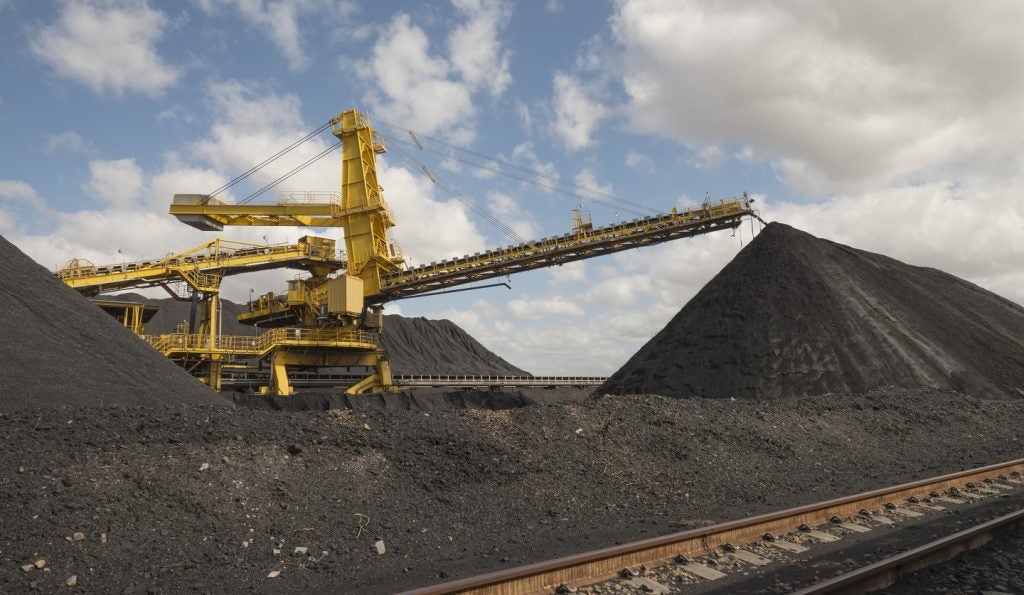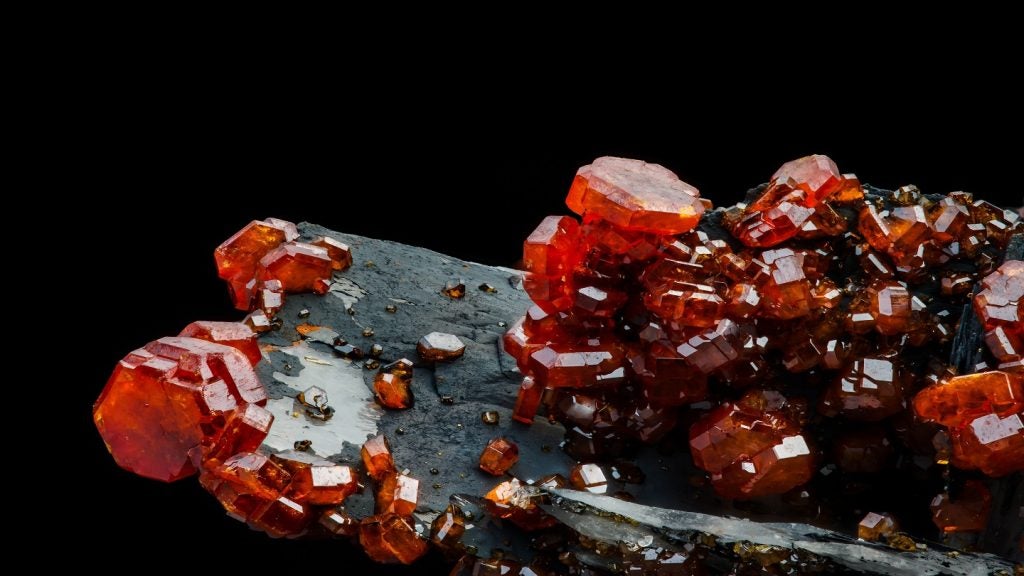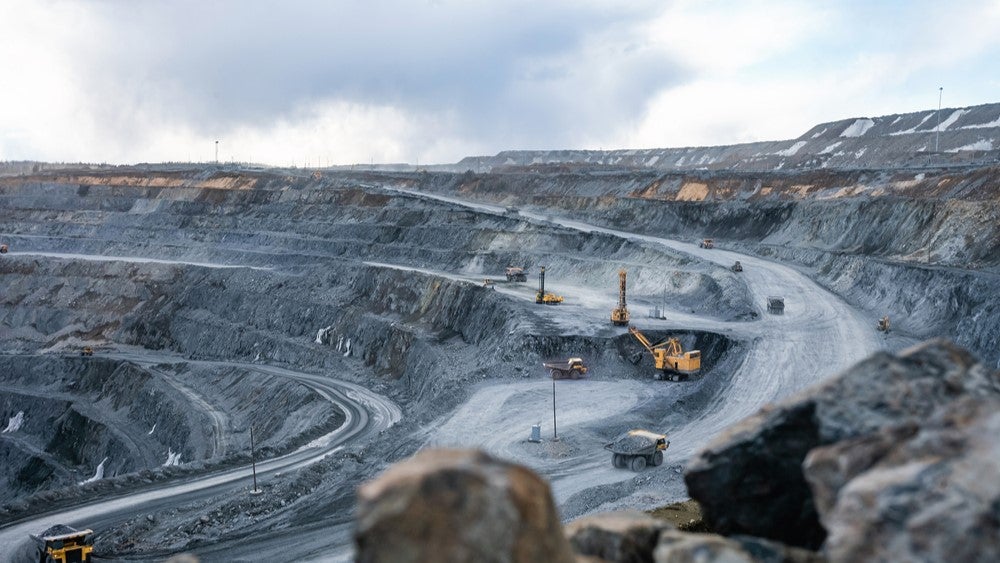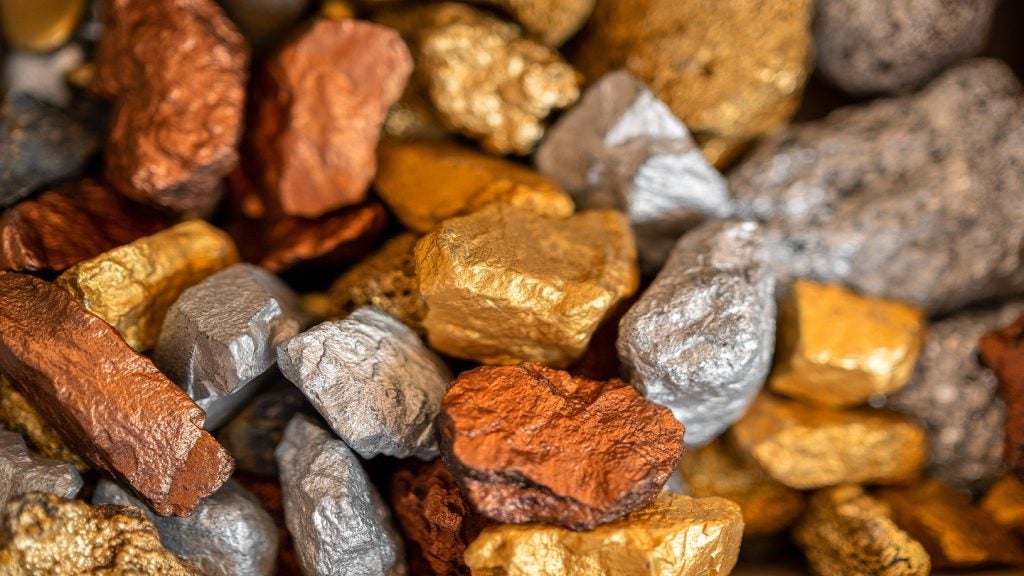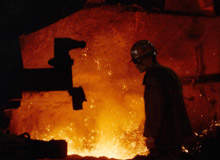
The burgeoning Chinese economy – widely expected to be the world’s third largest within a few decades – and the concomitant effects of rapid industrialisation and growth over the past 20 years have propelled China into a position of unprecedented global importance.
With mining every bit as much a part of the trend towards globalisation as any other industry on the planet, it is inevitable that China is increasingly becoming a major player in this sector too.
The reasons for this are simple; the country’s reform of its internal markets and the resulting greater openness that this has afforded foreign investment, coupled with sustained fast economic and industrial growth, has driven an ongoing demand for resources.
Since the early 1990s, the annual rate of increase has consistently been in double-figures – amounting to nearly half the total global mineral consumption over the same period. To meet this need, China’s mining and metals industry has adopted the deliberate long-term strategic policy of spreading the net wide to find available sources of supply, both at home and overseas.
Although most of its mining companies are relatively small – amounting to approximately 150,000, of which only around 30 are publicly traded – China lays claim to being the world’s third largest mining power.
The biggest tin producer – exporting 60% of its output – China is also the number one rare-earth source on the planet, has the world’s third largest coal resource and easily takes first place for both annual coal output and consumption.
How well do you really know your competitors?
Access the most comprehensive Company Profiles on the market, powered by GlobalData. Save hours of research. Gain competitive edge.

Thank you!
Your download email will arrive shortly
Not ready to buy yet? Download a free sample
We are confident about the unique quality of our Company Profiles. However, we want you to make the most beneficial decision for your business, so we offer a free sample that you can download by submitting the below form
By GlobalDataIn 2005/6, the country was also the world’s largest producer of copper and aluminium, while ranking fourth in gold production with an estimated output of nearly 225t and taking global third place for gold consumption.
In addition, China is rich in iron ore, mercury, aluminium, lead, zinc and uranium.
It is small wonder, then, that this voracious appetite for minerals coupled with recent economic and industrial reforms have wrought an ever-strengthening enthusiasm amongst the international mining industry to play a part in developing Chinese markets.
The energy quest
With a lack of significant oil reserves, China faces the real possibility of a huge energy shortfall to support its rapid rate of growth and has increasingly begun to look to its coal stocks to overcome the potential bottleneck.
Although the coal industry – officially regarded as the national economy’s ‘motive force’– has developed well over recent years, achieving record-breaking outputs and already providing the bulk of the country’s primary energy needs, there are still places where demand exceeds supply.
Over recent years, the mounting requirements of the power, steel, cement and chemical sectors have grown apace, alongside the rapidly blossoming national economy. The Chinese government therefore plans to implement a series of initiatives to meet the need.
One avenue involves underground coal gasification (UCG). No fewer than 16 trials have been carried out since the late 1980s and over 30 billion tonnes of potentially suitable reserves have been identified in both active and abandoned mines. If the type of deep drilling technology developed in Europe turns out to be feasible for use in China’s seams, this figure could be as much as ten times greater.
Even if it does not, mine cogeneration, using the naturally occurring methane gas from the coal seam to generate power, has already established a significant stake in the Chinese energy market.
The 120MW generation facility at the Sihe Mine in Shanxi Province – scheduled for completion in 2008 – will provide energy for around 90,000 households and a variety of local industrial and commercial premises. However, neither the quest for energy, nor Chinese mining ambition, stops here.
Welcome to Australia
Chinese companies have been actively taking up stocks around the world, most notably in Australia, where they have competed for licences to allow them to explore the country’s uranium prospects. There are sound reasons behind the quest for these mining concessions.
By 2020, the Chinese hope to be able to import an annual total of 2,500t of Australian uranium to help service the needs of their expanding nuclear programme, which has an estimated total yearly demand of 7,500t.
The Chinese are, of course, no strangers to Australian mining. Back in the 1850s, Chinese miners came in search of gold – and seemed at times almost supernaturally adept at finding it. The fabled ‘Chinaman’s chance’ was, however, a result of the application of innovative techniques rather than otherworldly intervention and justly won the Chinese a degree of respect, albeit sometimes grudgingly, among the local mining community.
Today, while the US has repeatedly rebutted Chinese attempts to gain American assets, Australia has been far more welcoming to potential investment, with Chinese companies readily buying into the country’s mineral producers to feed the hunger back home for everything from aluminium to zinc.
This purchase and investment in Australian mineral production has been gathering pace over the recent years.
In 2004, Yanzhou Coal Mining bought a coal mine in Australia’s Hunter Valley for a reported $23m and BHP Billiton parcelled out a 40% share in an iron ore mine to four Chinese steelmakers, in a deal expected to raise $9bn in sales over 20 years.
A year later, the Beijing-based steel-maker Shougang announced a $120m payment to Mt. Gibson Iron for a half share in an iron ore mine. More recently, China’s third largest steelmaker Anshan signed up to a $1.8bn joint venture with Australia’s Gindalbie Metals to develop iron ore projects.
It is not difficult to understand the rationale behind these moves. Throughout most of the decade, China has been second only to Japan as the largest single consumer of Australian mined resources, with Chinese companies purchasing 12% of the sector’s total exports, according to the Minerals Council of Australia.
With Chinese demand surging, it has been estimated that China will account for 30% of the world’s consumption of aluminium, copper, iron ore and nickel by 2010 – double the share taken only ten years earlier.
High levels of demand have driven prices higher too. For the Chinese, gaining control of the supply chain is seen as fundamental to safeguarding their buoyant economic development and taking ownership of the resource base viewed as the most expedient way of ensuring a stabilised long-term supply of essential minerals.
Global players
This pattern is being repeated outside of Australia too, with countries in Africa, Latin America and South East Asia also being perceived by Beijing as ‘China-friendly’ – making further deals to buy more mineral deposits much more likely.
Recent developments in Zimbabwe – a country actively seeking Chinese investment to replace the western capital lost as a result of its ongoing political crisis – Peru and Papua New Guinea have been seen as heralding the start of a new wave of takeovers by Chinese companies.
However, China faces stiff competition on the world stage as the ‘land-grab’ in the resources sector heats up, making renewed focus on improving mineral production at home an inevitable parallel strategy. The reform of China’s mining industry – currently underway and scheduled for completion by the beginning of 2009 – is as much about improving efficiency as addressing its woeful record on safety and the environment.
There remains an international element to this, too. Estimates suggest that large properties to the centre and west of the country are still unexplored, and their resources may lie relatively close to the surface. Chinese hopes rest on enticing foreign mining companies, technology, expertise and funding to work co-operatively with local firms, particularly those mining gold, to help consolidate resources and increase productivity.
Historically, the highly fragmented nature of China’s coal and gold industries has been a source of significant problems. The field is likely to see more company mergers and acquisitions in the near future, not least because the Chinese Government seem intent on sieving out the smaller players to improve long-term prospects. Their plans include forming a number of large-scale mining conglomerates and shutting coal mines which produce under 30,000tpa by the end of 2007.
An increase in the country’s mining resource tax is also on the cards for the near future, according to China’s Finance Ministry. The current level is believed to be too low compared to the high domestic mining profits and will be made to mirror the market price of ores more closely to help ensure the sustainable development of the sector.
In many ways, just how much clout China really has when it comes to mining remains to be seen. However, there is no escaping the fact that the Chinese have embraced the industry’s global dimension well and forged extensive links at varying levels with many of its key nations.
China’s current Five-Year Plan, which runs until 2010, places a strong emphasis on securing mineral resources for the future and the worth of the country’s mining industry is expected to approach $600bn by the following year.
With growth consistently averaging 10.1% a year over the last five years, China’s economy remains ever-hungry for metals and minerals. The worldwide quest to feed that hunger seems likely to continue.



